WILLEM DE KOONING (1904-1997)
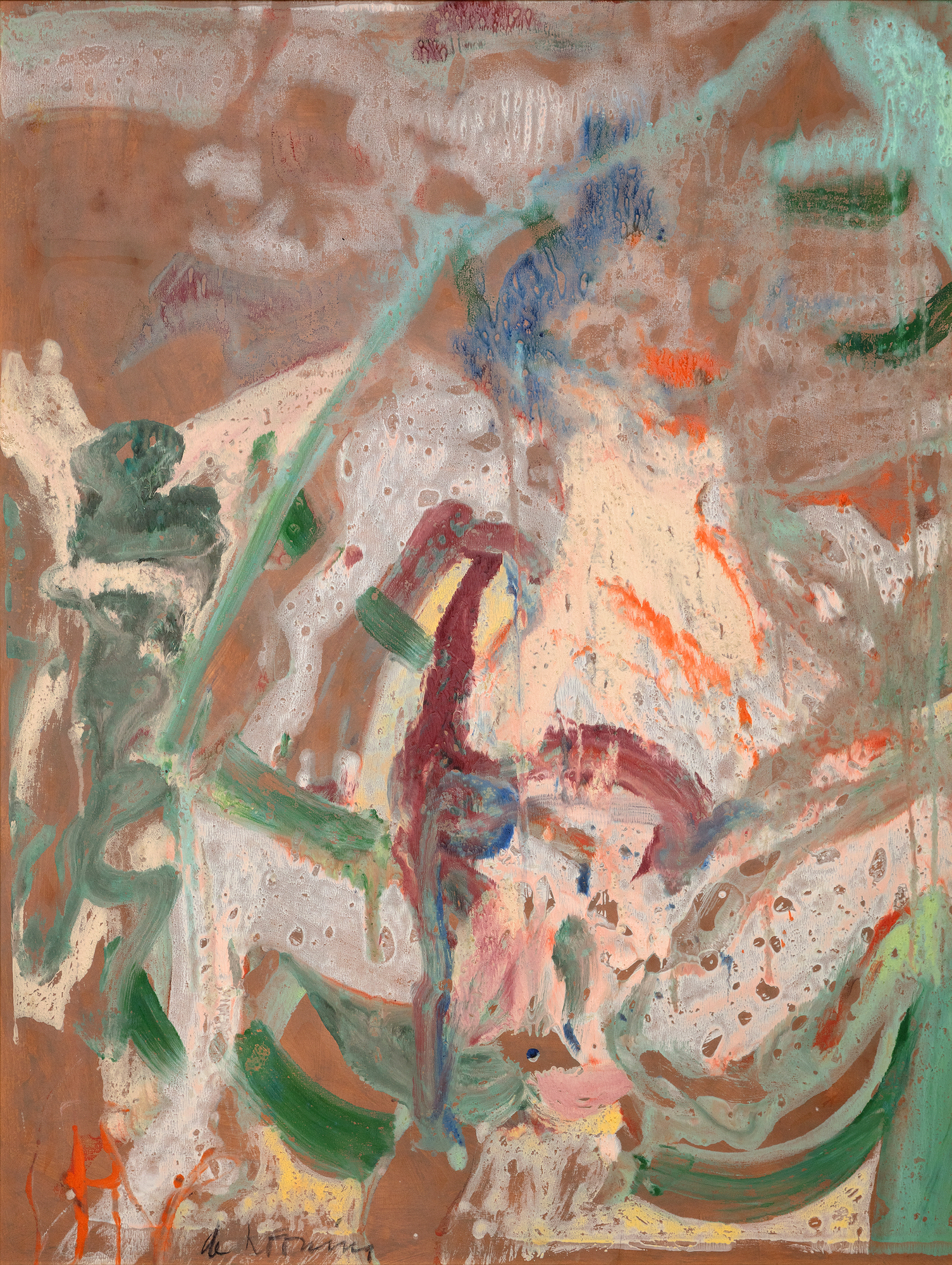
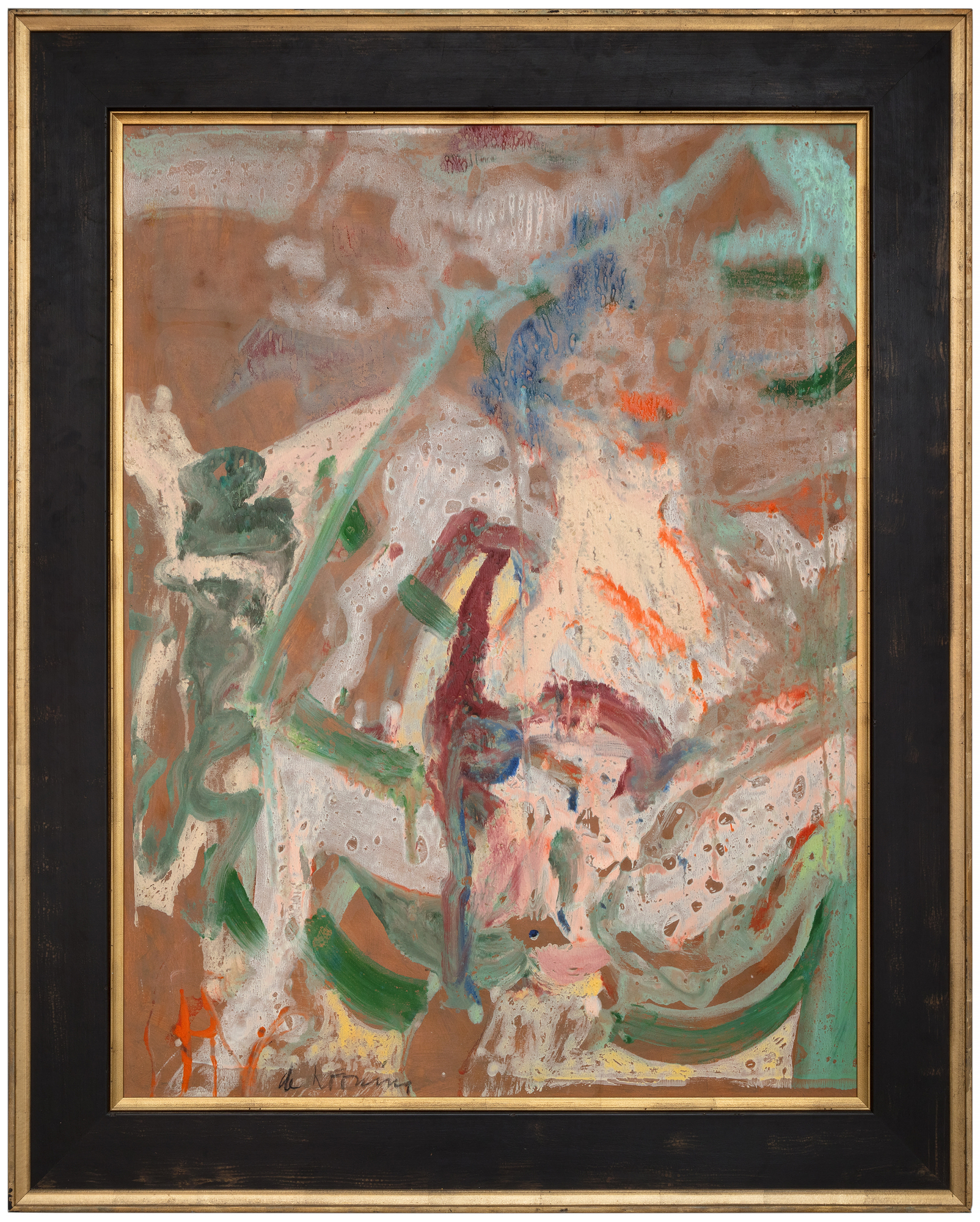
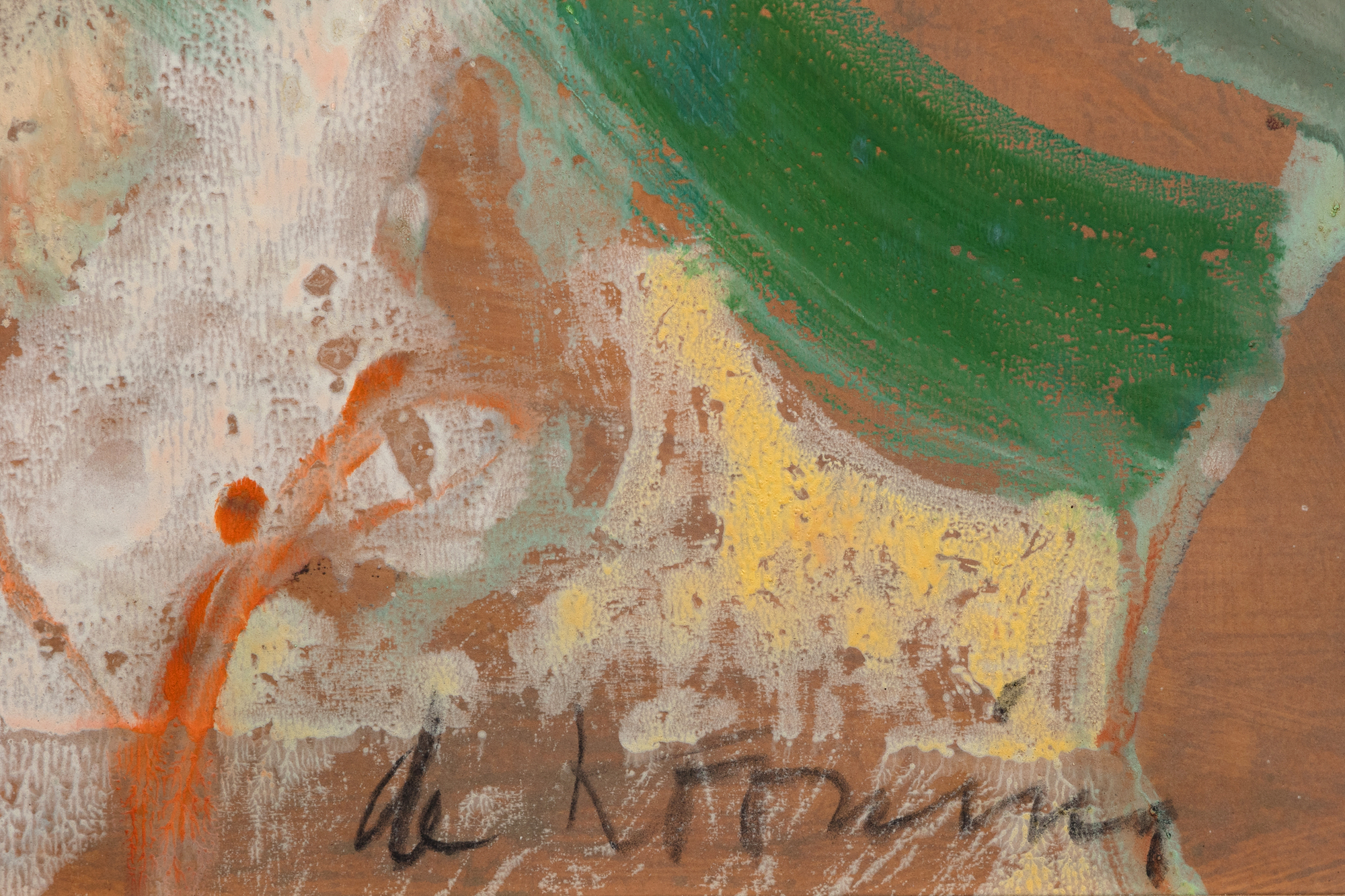
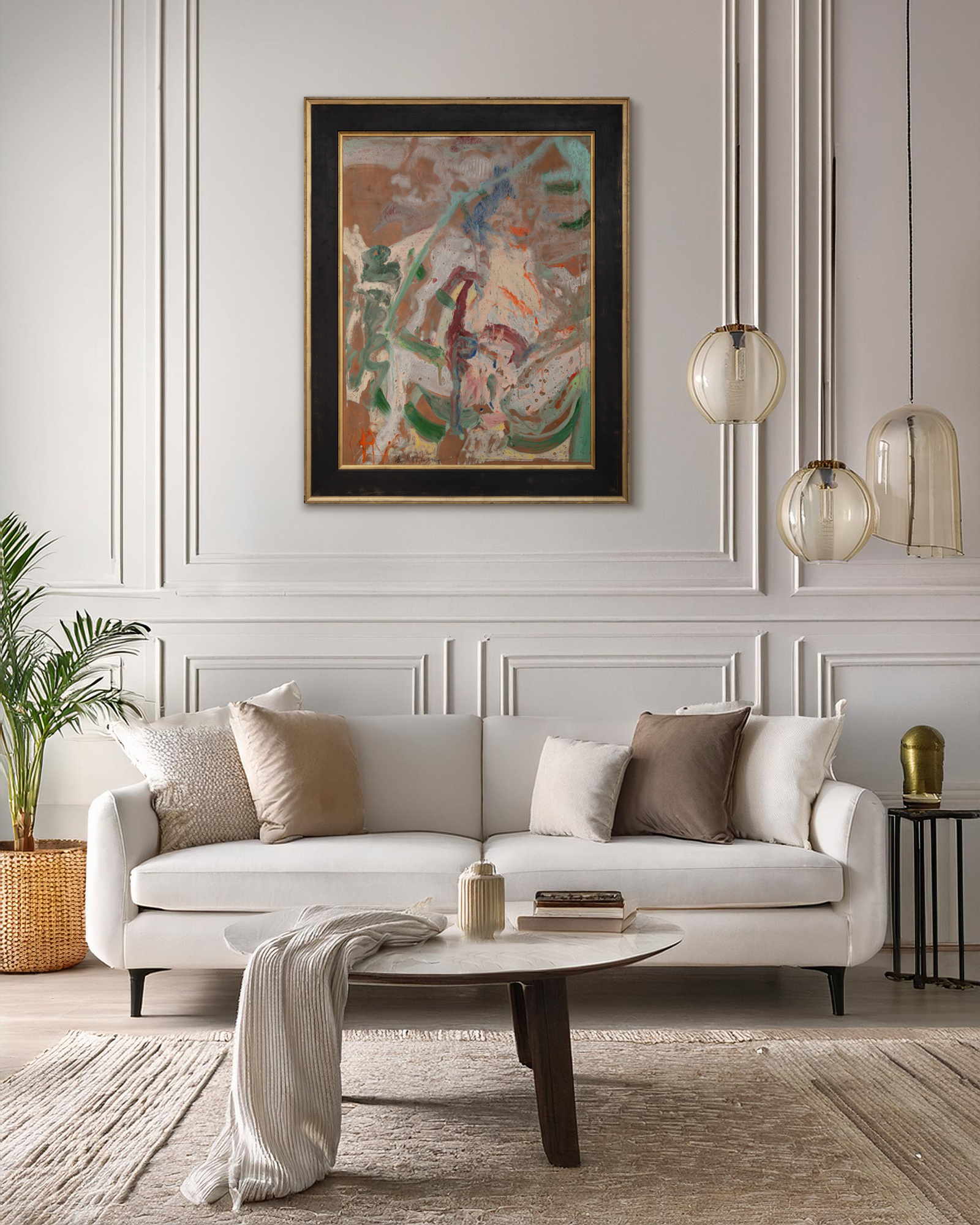
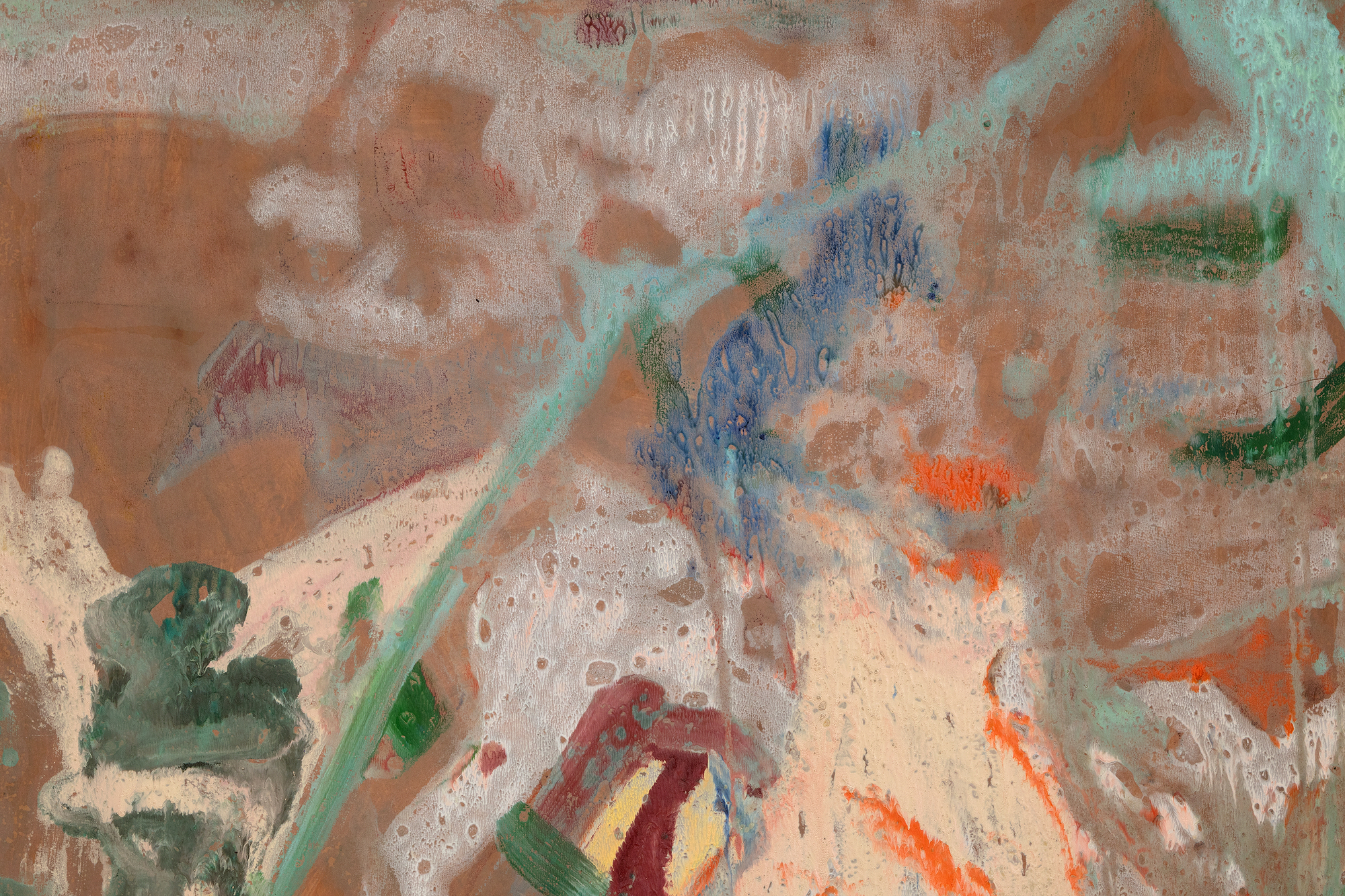
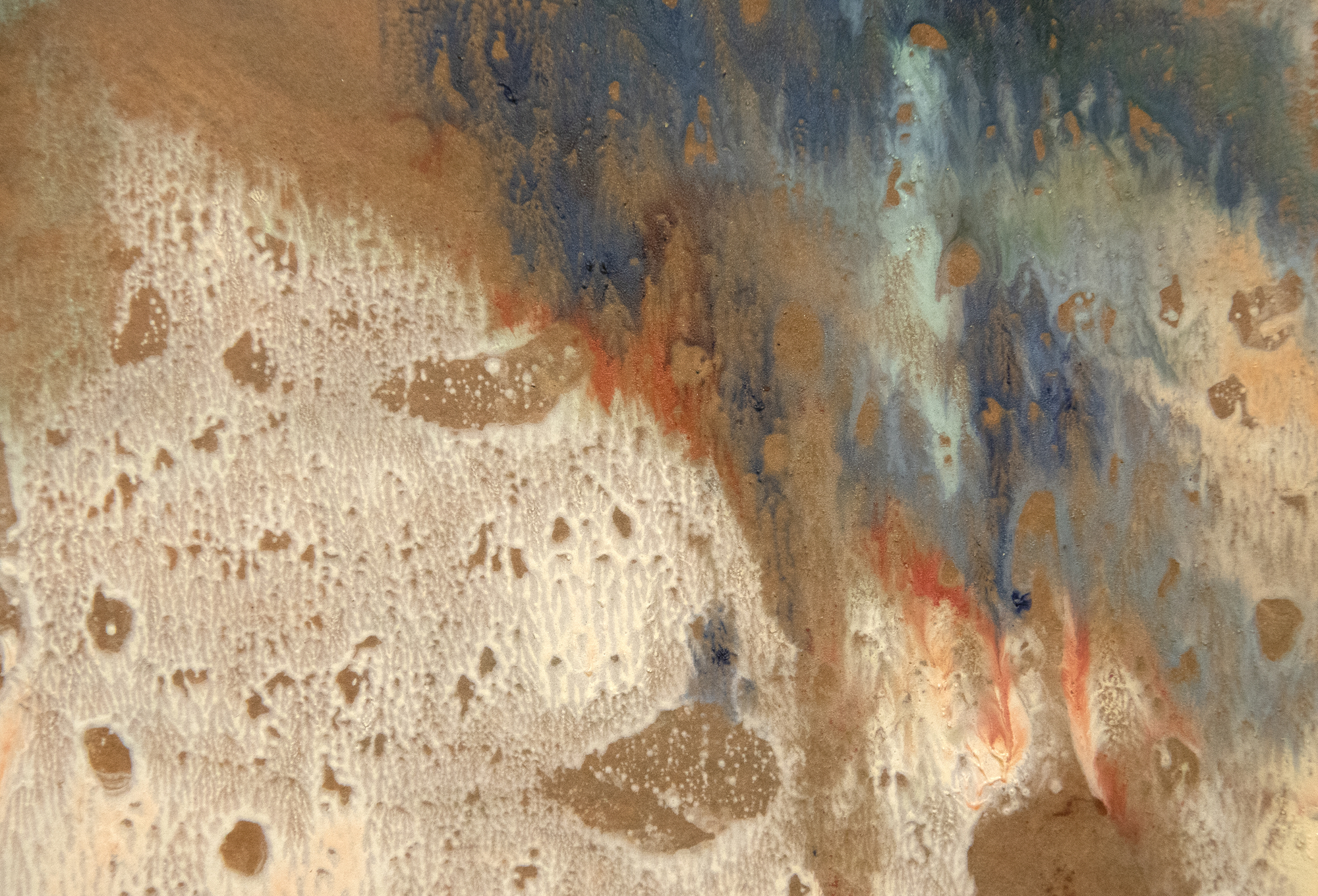
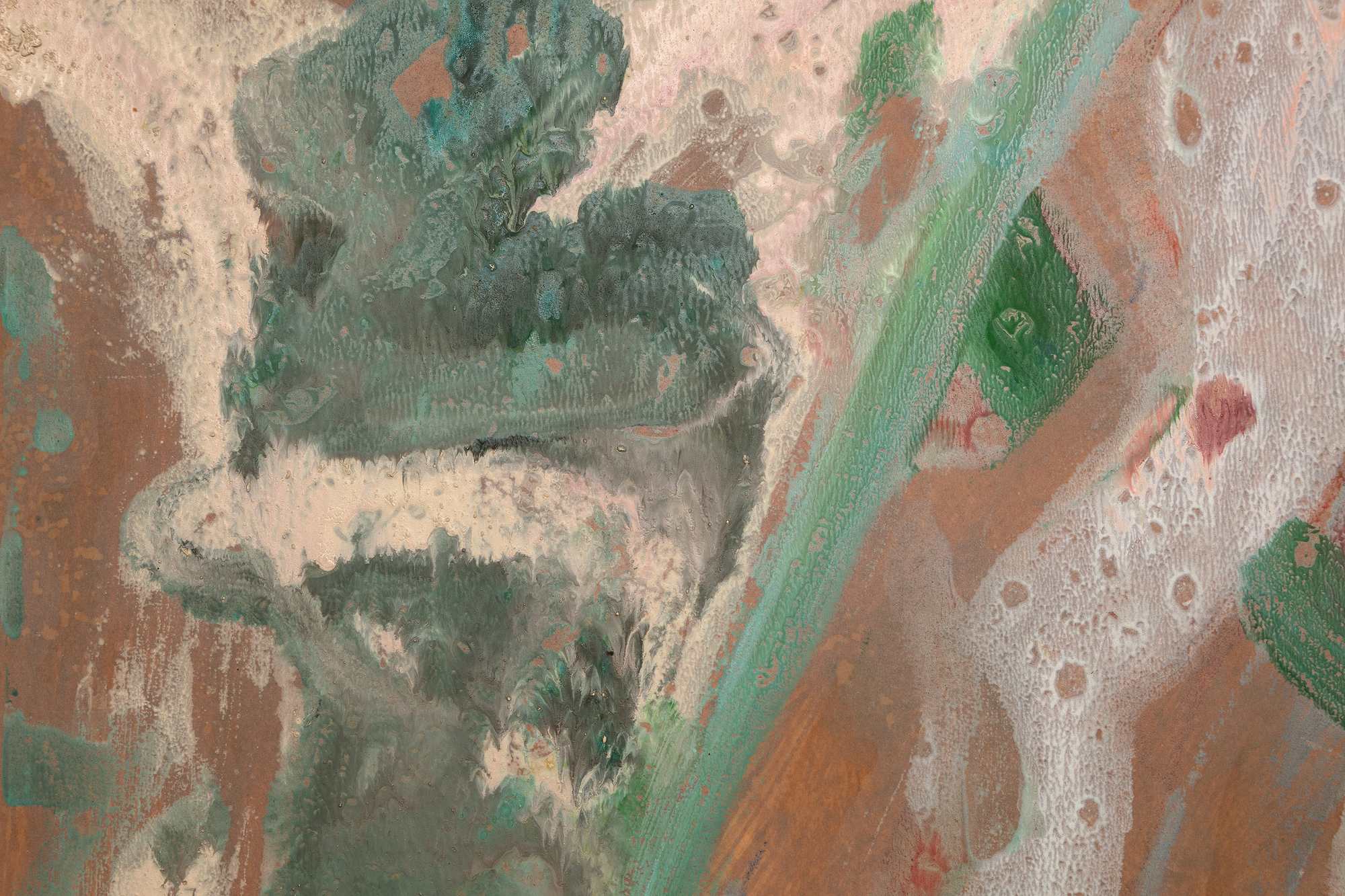
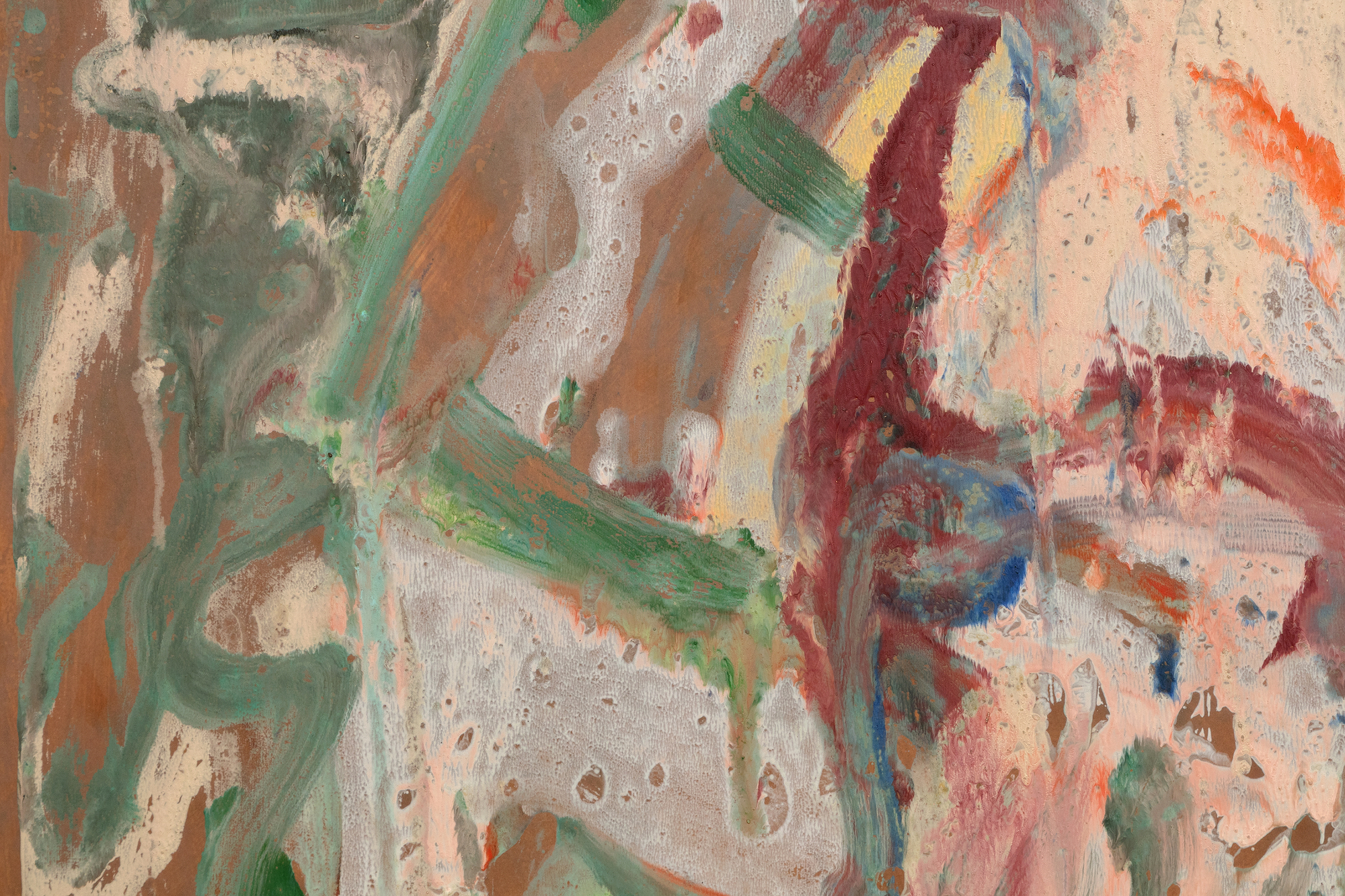
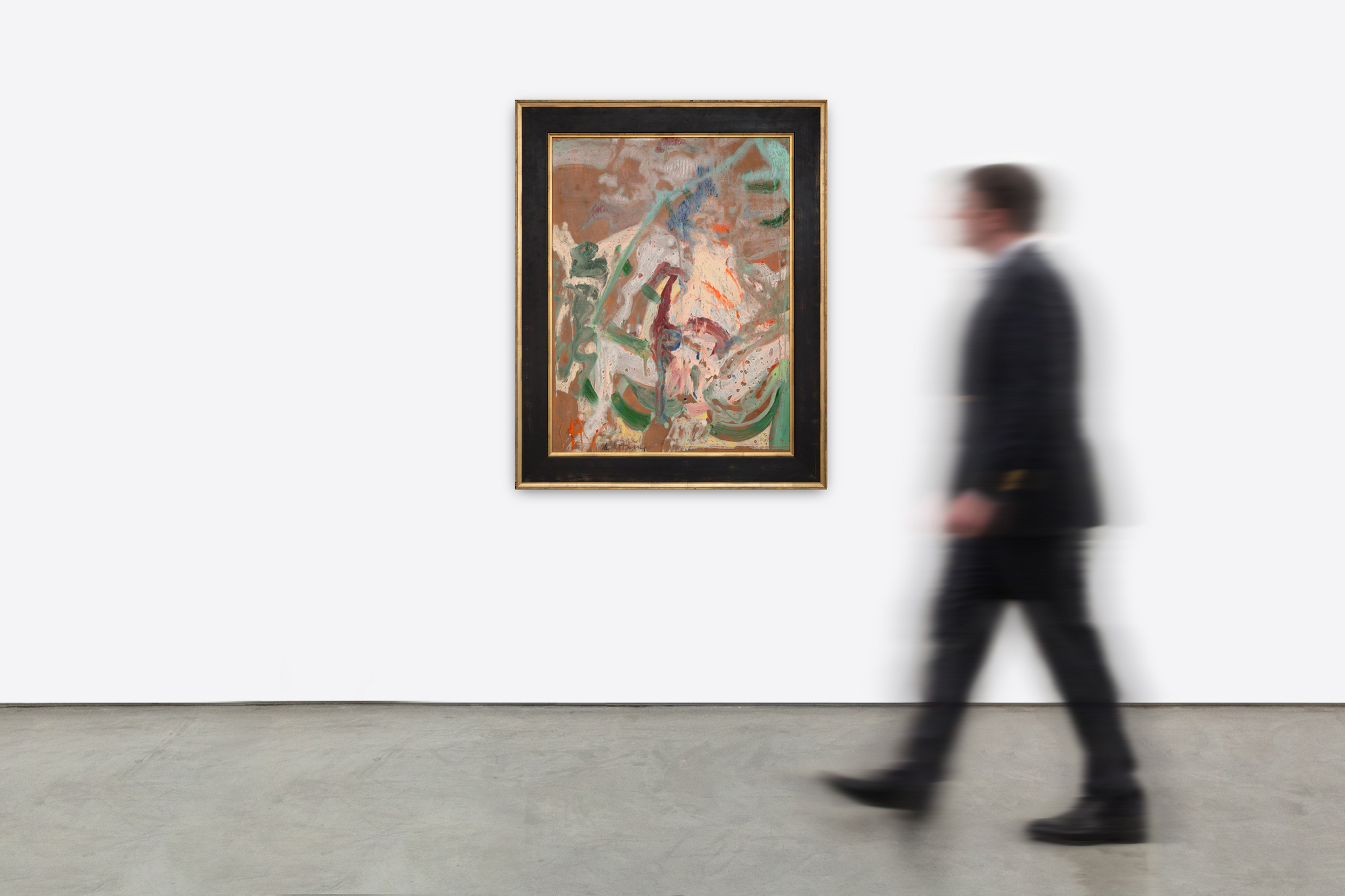
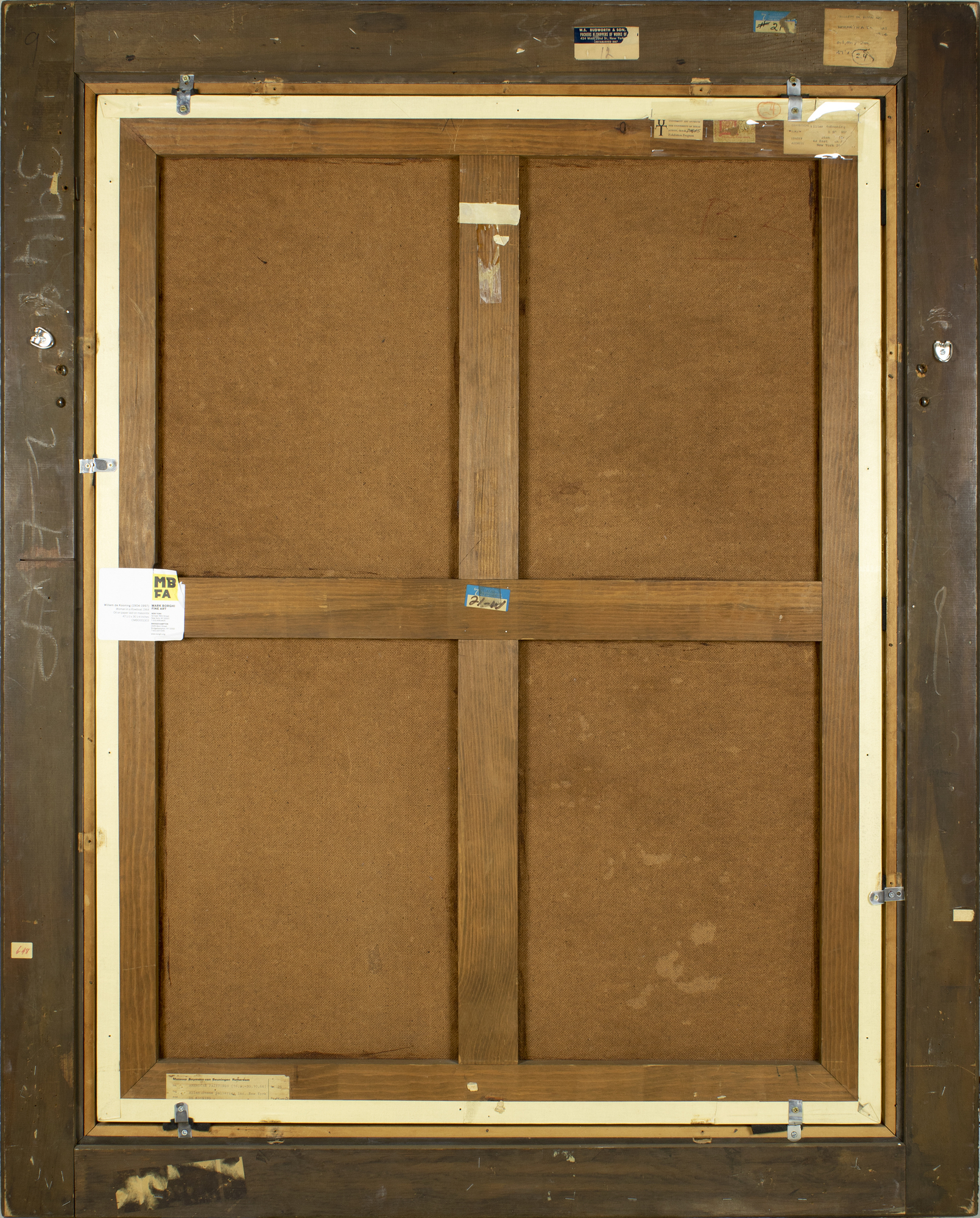
Provenance
Allan Stone Gallery, New YorkPrivate Collection, New York
Private Collection, United States
Exhibition
North Hampton, Smith College Museum of Art; Cambridge, The New Gallery, Charles Hayden Memorial Library, Massachusetts Institute of Technology, Willem de Kooning: a Retrospective from Public and Private Collections, April – June 1965 (Cambridge only) New York, Allan Stone Gallery, De Kooning/Cornell, February – March 1965Rotterdam, Museum Boijmans Van Beuningen, American Paintings, September - October 1966, cat. no. 26
Dublin, ...More...The Royal Dublin Society, Rosc'67:The Poetry of Vision, November – December 1967, p. 201, illustrated
Detroit, J.L. Hudson, Willem de Kooning: Three Decades of Painting, March – April 1968, no. 31 (exhibition checklist)
Easthampton, Gild Hall, Works from 1951 – 1981, May – July 1981, cat. no 21 (exhibition checklist)
West Palm Beach, Florida, Ann Norton Sculpture Gardens, Figurative Masters of the Americas, January 4 – February 12, 2023
Literature
Thomas B. Hess, "De Kooning's New Women," Art News, March 1965, p. 37 (text reference) Exh. Cat., Washington, D.C., National Gallery of Art, Willem de Kooning: Paintings, 1994, fig. 15, p. 15, illustratedExh. Cat., Allan Stone Gallery, Willem de Kooning:Liquefying Cubism, 1994, p. VII, illustrated (installation photograph from the 1965 De Kooning/Cornell exhibition)
Exh. Cat., Museum of Modern Art, Willem de Kooning: A Retrospective, 2011, fig. 7, p. 356, illustrated.
John Elderfield, “de Kooning: A Retrospective,” Museum of Modern Art – New York, 2011- 2012, p. 356
...LESS...
History
Willem de Kooning is one of the most celebrated American artists, not least for his pioneering work developing the Abstract Expressionist movement. Emerging from the destruction of World War II, the loosely associated movement worked through the trauma of the past and the anxiety of a new present. Along with Jackson Pollock, De Kooning helped to cultivate the action painting branch in which artists appeared to attack the canvas with bold and dynamic brushwork.
Nevertheless, this label of abstraction never sat well with de Kooning as figuration always played a role in his process, ebbing and flowing at various points in the 1930s and 1940s. Thus, it was his first Woman series in the early 1950s that cemented de Kooning’s legacy. With this series, de Kooning fused the techniques of Abstract Expressionism with representative figuration.
Despite this leap in art history, the series was not without controversy. For some, it was a betrayal of the tenets of abstraction. For others, it was the grotesqueness of the women that seemed degrading and violent. But it was Clement Greenberg, the art critic that defined and promoted Abstract Expressionism, who championed this series; for the critic, de Kooning pushed modernism by imbuing abstraction with “the power of sculptural color.” The bold brushstrokes and expressive colors seem to carve out the women on the canvas while conveying a sense of energy that captured the anxieties of the artist and of the times.
Rather than break with art history, the Woman series rooted itself within a lineage of artists painting women (and particularly nude women). For example, both de Kooning and Picasso reimagined the female form and developed new approaches to brushwork, yet maintained a link to the history of female nudes. And like Picasso, de Kooning deconstructed conventional notions of proportion, tossing aside geometry for closer psychological examinations and boundary-pushing technique that explored the possibility of the visual plane.
What was new for de Kooning was his incorporation of popular consumer culture to create his women, using the imagery of pin up models and movie stars. It was one pop artist, Robert Rauschenberg, who would cross paths with de Kooning. Rauschenberg approached de Kooning to request a piece he could erase. Rauschenberg purposely chose de Kooning for his standing as one of the most important artists in the country. Likewise, by granting permission and one of his works, one of his Woman drawings, de Kooning acknowledged the power of art and its possibilities.
It is for these reasons that museums around the world have clamored to include one of de Kooning’s Woman series in their collections. Of the six paintings that made up the core of the original series, the first two are housed in the Museum of Modern Art in New York. The Museum of Modern Art acquired Woman I in 1953, one year after its completion, with its committee stating that they “found the picture quite frightening, but felt it had intense vitality and liked the quality of the color.”
MoreThe Irascibles
As New York City became the avant-garde’s global hub in the 1940s, radical, new approaches to art, such as action painting and abstraction, took root among the informally grouped New York School painters. By 1950, Abstract Expressionism was well underway, but the movement was often overlooked by institutions. When the Metropolitan Museum of Art announced its plan to exhibit a survey of contemporary American painting, many of the New York School painters felt there was a bias against more “progressive” art in the museum’s selection process, prompting them to draft an open letter protesting the show.
The letter garnered attention, and Life magazine published an article on the protest in January 1951, “The Irascible Group of Advanced Artists Led Fight Against Show.” To accompany the article, Nina Lee photographed 15 of the 18 painters who signed the letter, including Willem de Kooning, Adolph Gottlieb, Ad Reinhardt, Richard Pousette-Dart, William Baziotes, Jackson Pollock, Clyford Still, Robert Motherwell, Barnett Newman, and Mark Rothko. Today, this article is considered a turning point in the prominence of Abstract Expressionism, and the artists involved are often referred to as the “Irascibles.”
MARKET INSIGHTS
- Willem de Kooning’s market growth is remarkable even among his blue-chip peers.
- The graph from Art Market Research shows that the value of paintings by Willem de Kooning have appreciated by 10.3% since 1976.
Top Results at Auction

“Woman as Landscape” (c. 1954-1955) sold for $68,937,500 USD

“Untitled XXV” (1977) sold for $44,327,500 USD

“Untitled VIII” (1977) sold for for $32,085,000 USD
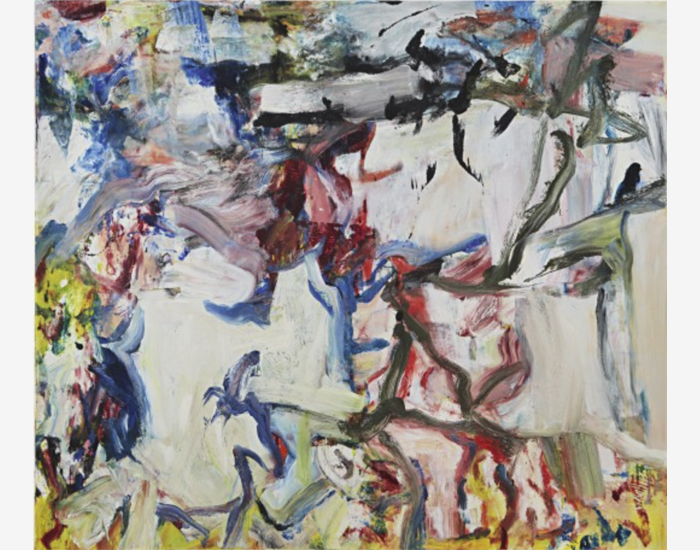
“Untitled XXII” (1977) sold for $30,105,800 USD
Comparable Paintings Sold at Auction

“Woman and Child” (1967-1968) sold for $6,578,000 USD
- Like “Woman in Rowboat” this is a highly desirable “Woman” subject
- Also executed on paper and laid to a support
- Comparable size

“Yellow Woman” (1952), sold for $6,410,000 USD
- This work measures a mere 9 x 6 inches but achieved the staggering sum of 6.4 million USD because of the importance of the Woman subject and period
- This painting is quite small, and a work on paper
- This result is one of the highest prices paid per square inch for any abstract painting in history

“Two Women (Study for Clamdigger)” (1961-1962) sold for $5,728,000 USD
- This work is also an oil on paper laid down to Masonite
- Comparable date of execution
- Another example from de Kooning’s “Woman” series

“Untitled” (c. 1964) sold for $4,164,000 USD
- This work was painted around the same time as Woman in a Rowboat
- This painting is slightly larger
- This is an untitled work, whereas Woman in a Rowboat‘s title places the painting firmly within de Kooning’s Woman series
Paintings in Museum Collections
Solomon R. Guggenheim Foundation
The Hirshhorn Museum and Sculpture Garden Collection, Washington, D.C.
The National Gallery of Art, Washington, D.C.
The Metropolitan Museum of Art, New York
The Tate Modern, London
The Whitney Museum of American Art
Authentication
Willem de Kooning: Paintings
Almost immediately, museums around the world recognized the importance of de Kooning’s Woman series. Because of this, Woman in a Rowboat was included in notable exhibitions almost immediately after its completion in institutions. Even while the painting has been in private hands, Woman in a Rowboat was included in the exhibition catalog for MoMA’s 2011 retrospective of de Kooning’s career. The painting is also featured in the 1994 catalogue raisonné of de Koooning’s work.
de Kooning: A Retrospective
Jackson Hole Gallery Tour
Heather James Fine Art’s Senior Director, Andrea Rico-Dahlin, discusses Willem de Kooning’s Woman in a Rowboat, along with works by his wife Elaine de Kooning, from our gallery in Jackson Hole, Wyoming.
Image Gallery
Additional Resources
de Kooning: A Retrospective
The Willem de Kooning Foundation
Willem de Kooning: A Way of Living
Inquire
Similar Works













































